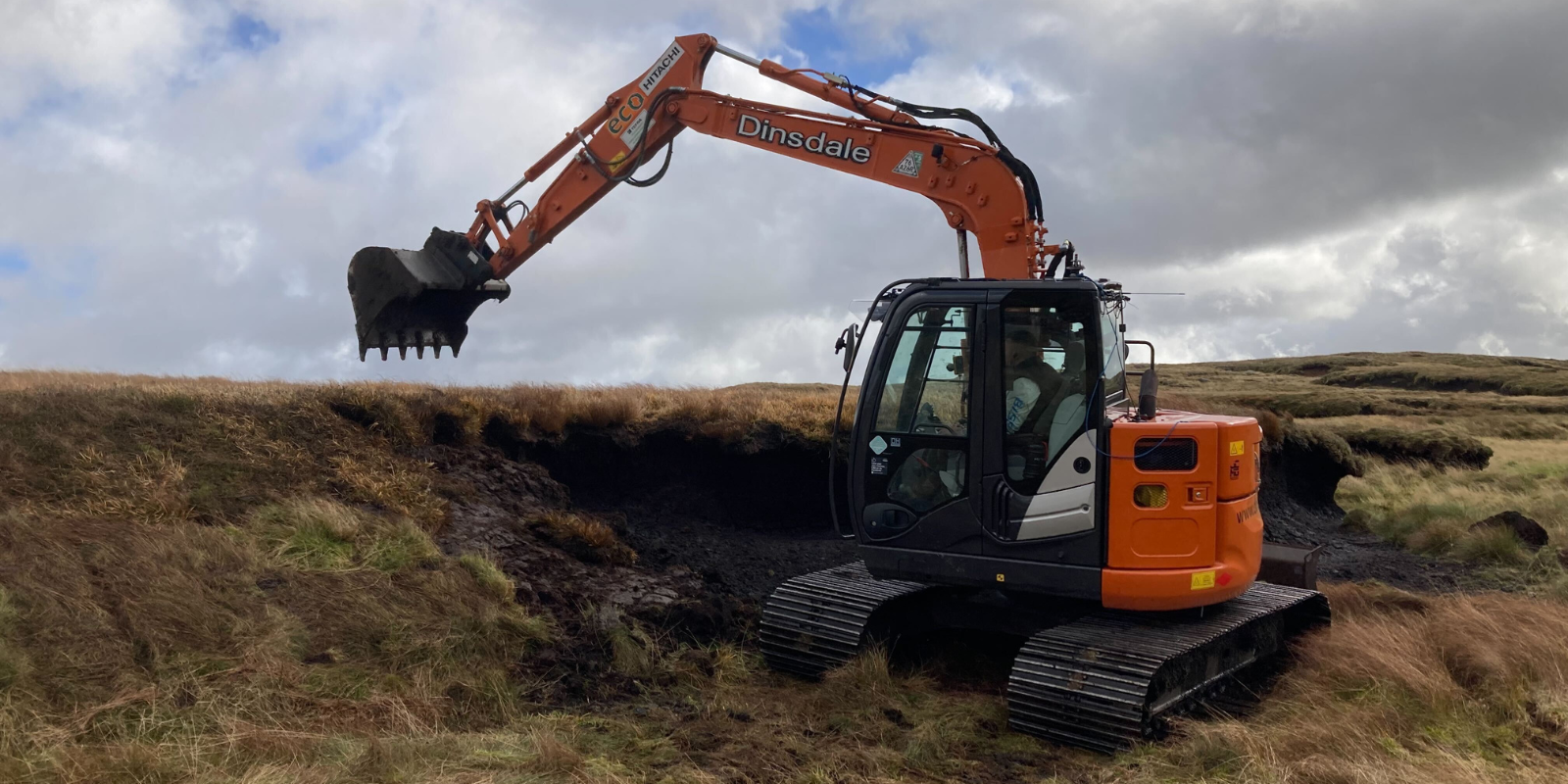Here at The Future Forest Company, we are on a mission to help landowners realise the economic and ecological potential of their degraded peatland.
We provide a personalised service, tailored to you and your peatland, as we guide you through every step of the peatland restoration process, from initial design to successful completion.
Here we take a look at exactly what happens when you choose to restore your peatland with us.
Our comprehensive restoration service
We begin by conducting onsite and desk-based surveys, so that we know exactly what we need to do to restore your peatland. We will also advise you through the grant applications process. We then carry out the restoration work to the highest standard (see below for further information on this process).
Validating the restoration project with the Peatland Code will verify the emissions reductions resulting from the restoration, enabling your carbon credits to be generated. We will then assist you with the realisation of this carbon revenue.
Throughout the process, we provide efficient contract management, with continuous monitoring and maintenance, and communication with you, the landowner.

hh
The planning process
Our desk-based surveys use aerial images to identify an overview of potential restoration features. On-site surveys will pinpoint drains, haggs (exposed mounds of peat created by erosion), and bare peat areas to be repaired. We will also conduct a full peat depth survey, along with ecological and historic environment surveys.
The restoration process
Our on-the-ground restoration work usually begins in September, to avoid disturbing the breeding bird season. The restoration will incorporate:
Ditch blocking - Ditches will be blocked with peat dams to stop organic peat eroding into water courses and lowering water quality levels. Blocking ditches is also vital in helping raise the water table on the peatland, restoring conditions in which bog-building vegetation such as sphagnum moss can thrive.
Hagg re-profiling - Eroding peat haggs will be re-profiled and re-vegetated, incorporating them back into the peatland landscape.
Bare peat restoration techniques - Areas of bare peat will be stabilised by re-vegetating with turf where possible, or covering with brash cut onsite, seeding and plug-planting with cottongrass.

Ultimate goals of peatland restoration
Carrying out these restoration measures will provide a host of benefits, from slowing the erosion of peat into watercourses and returning the hydrology of the peatland to a more natural state, improving the quality of water, reducing flood and wildfire risk, and restoring the condition of a vital habitat designated a Site of Special Scientific Interest.
Contact us about your peatland restoration today!
